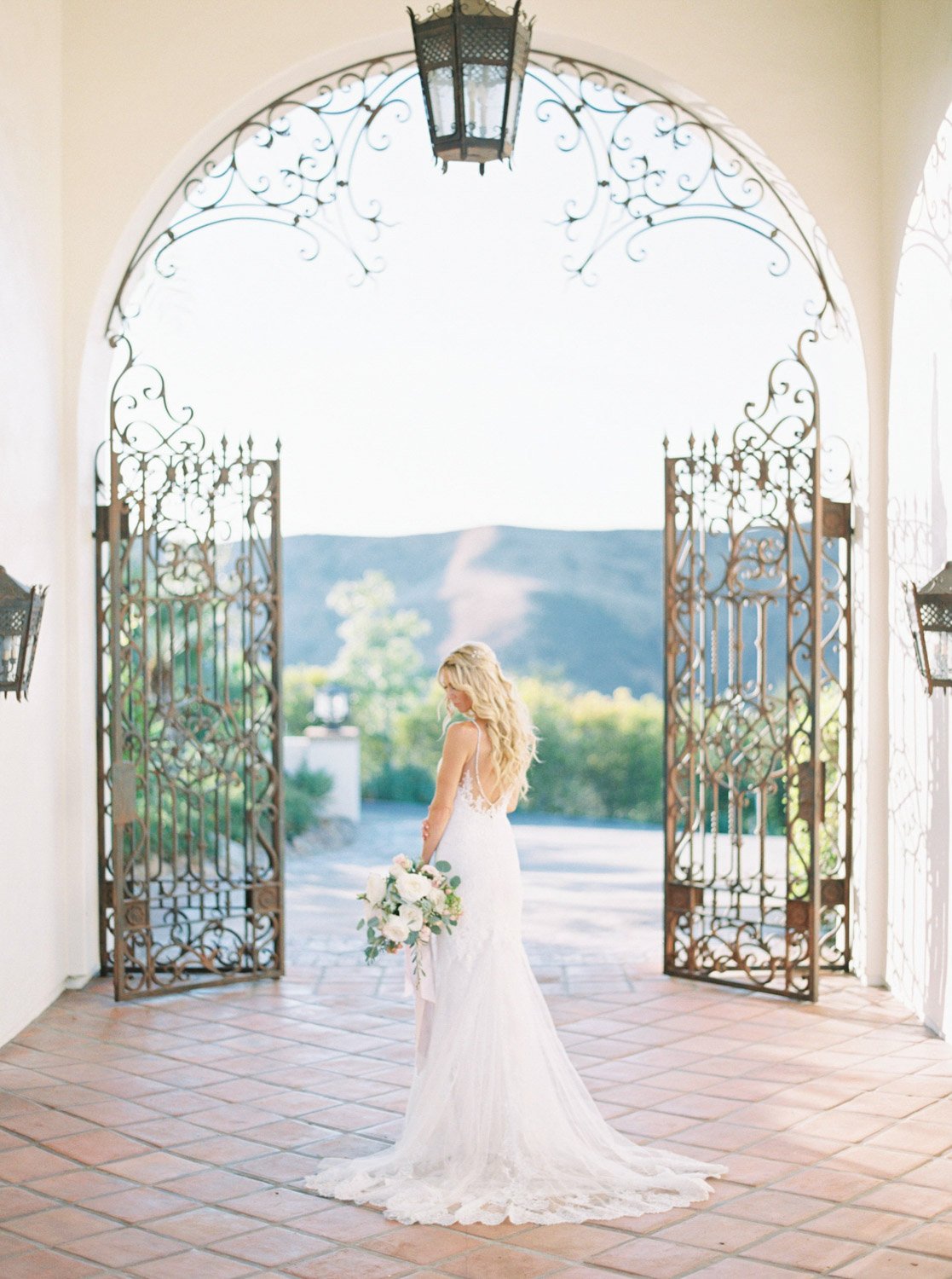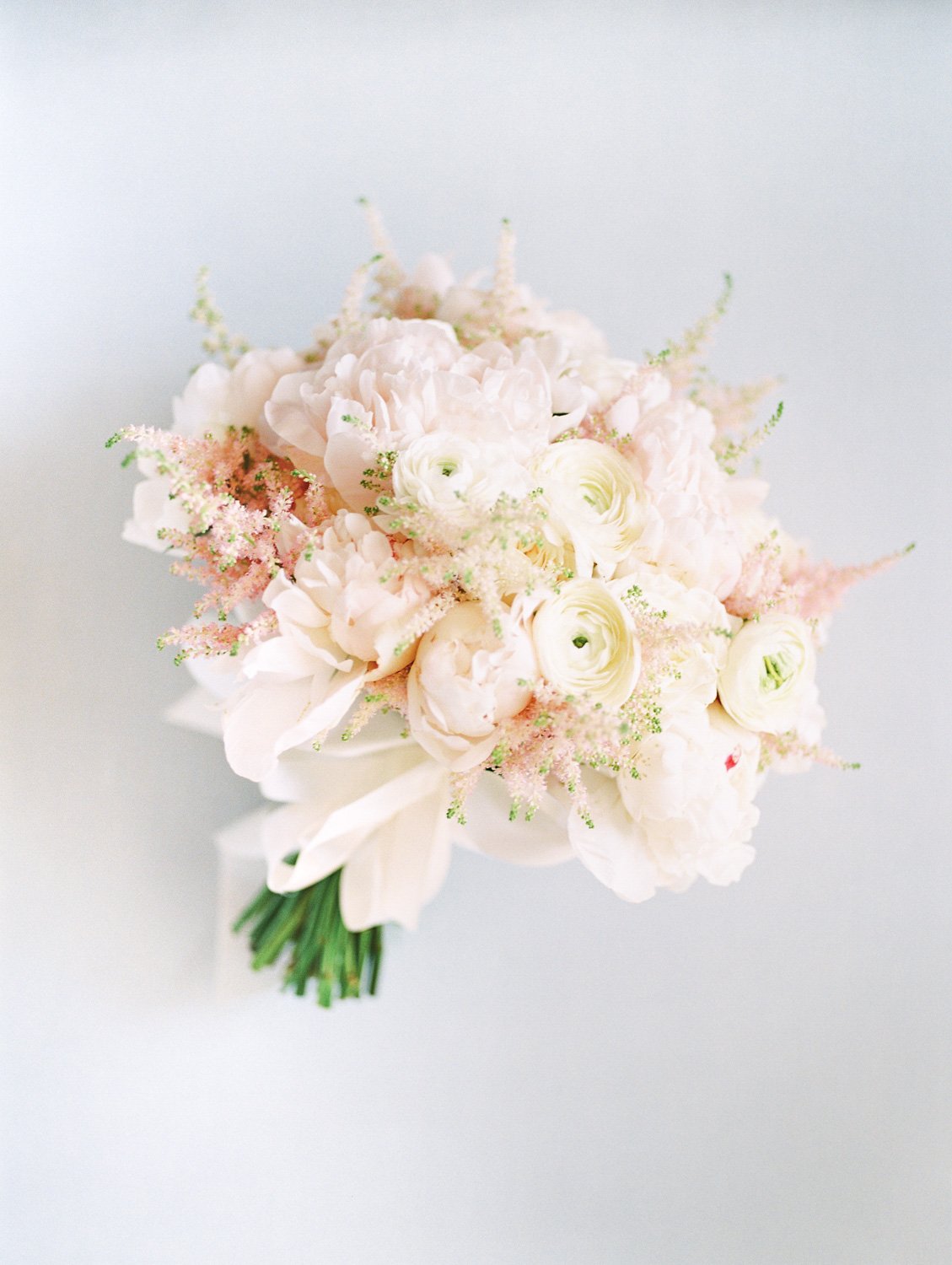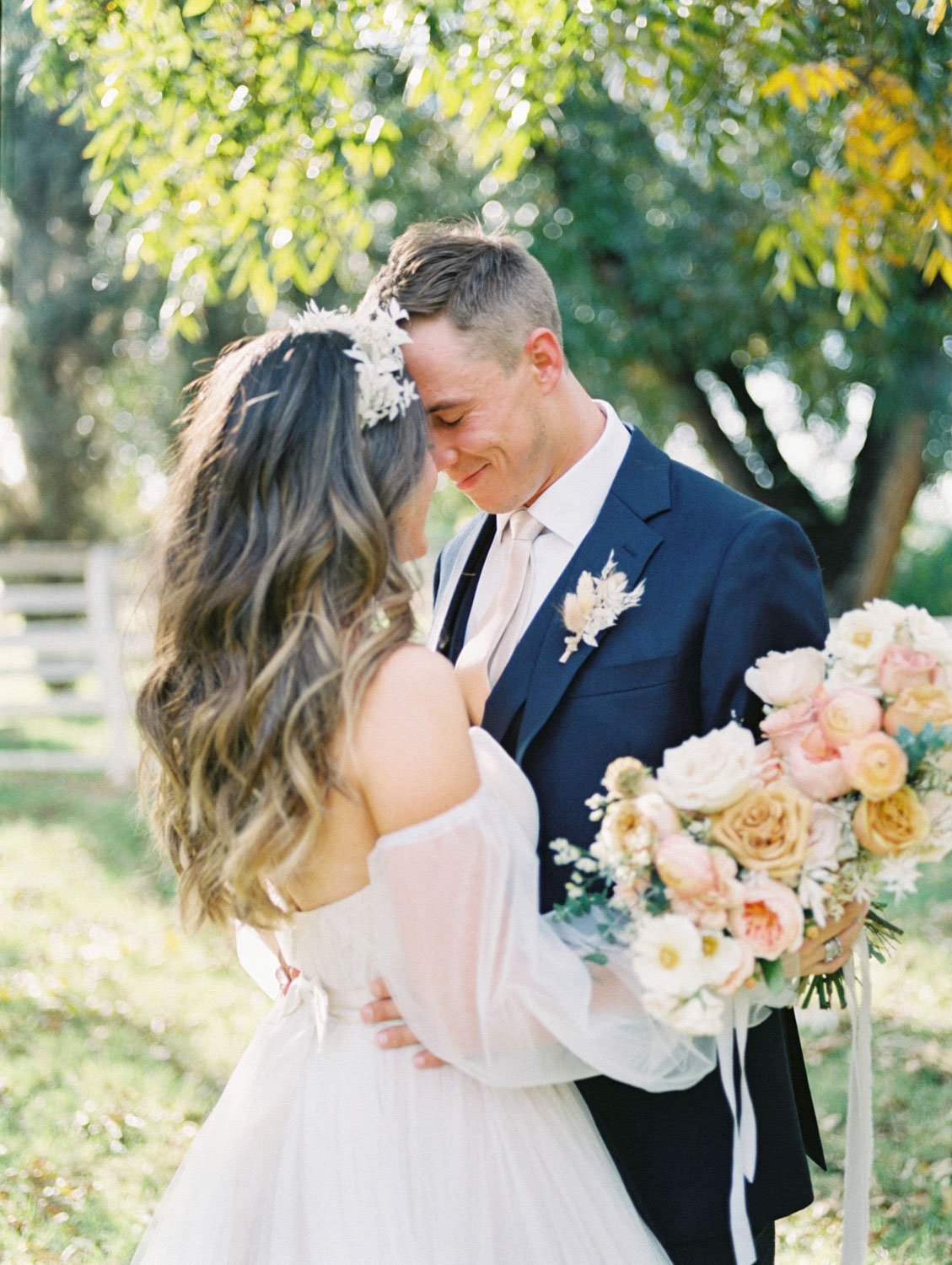As a wedding photographer, capturing the finest details and ensuring the highest quality of your images is crucial. One way to achieve this is by shooting in RAW format. If you're still on the fence about making the switch from JPEG, here are ten compelling reasons to start shooting in RAW today.
1. Unmatched Image Quality
RAW files capture all the data from your camera’s sensor, providing the highest possible quality. This means you'll have richer details and better color accuracy in your images compared to JPEGs, which compress and lose some data during processing.
2. Greater Editing Flexibility
Editing RAW files gives you more control over your photos. Adjusting exposure, white balance, and color correction is much easier and more effective with RAW files because you have all the original data at your disposal. This flexibility is essential for making precise adjustments that maintain the integrity of your images.
3. Enhanced Dynamic Range
RAW files have a higher dynamic range, allowing you to recover details in both highlights and shadows that would be lost in a JPEG. This is particularly beneficial in wedding photography, where lighting conditions can vary dramatically.
4. Non-Destructive Editing
When you edit a RAW file, the changes are stored in a separate file or within the editing software's database, not in the original RAW file. This means you can always revert to the original image without losing any data or quality.
5. Better Color Depth
RAW files record more color information (typically 12 or 14 bits per channel) than JPEGs (8 bits per channel). This extra color depth allows for smoother gradients and more precise color adjustments, essential for capturing the true essence of your subjects.
6. Improved Noise Reduction
RAW files offer better noise reduction capabilities, especially at high ISO settings. With RAW, you can apply noise reduction algorithms more effectively, preserving detail while reducing unwanted grain.
7. Increased Sharpening Control
JPEG files apply in-camera sharpening, which can’t be undone and might not be suitable for all images. RAW files allow you to control the sharpening process during post-production, giving you the flexibility to adjust according to each image's specific needs.
8. Correct Exposure Issues
Shooting in RAW makes it easier to correct exposure problems. Whether you’ve underexposed or overexposed an image, RAW files retain more information, making recovery more effective and preserving image quality.
9. Professional Standard
Most professional photographers prefer RAW for its quality and flexibility. Using RAW files demonstrates a commitment to quality and professionalism, which can enhance your reputation and client trust.
10. Archival Benefits
RAW files are ideal for archiving important photos. They contain all the original data captured by your camera, ensuring you have the highest quality files available for future re-edits or reprints as technology improves.






















